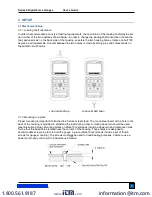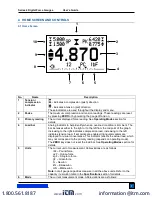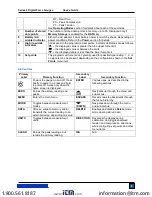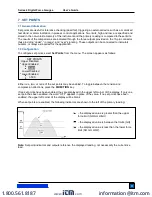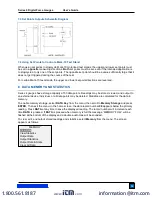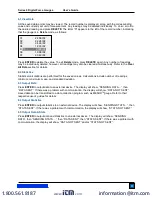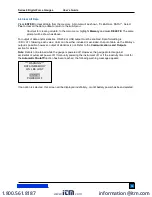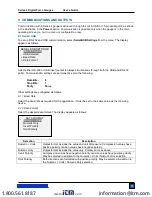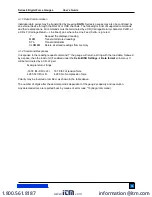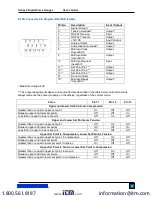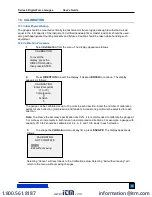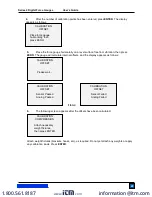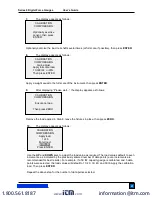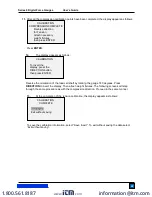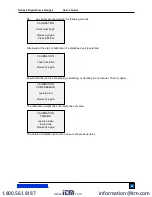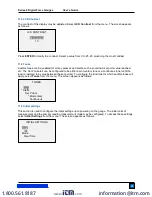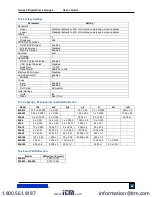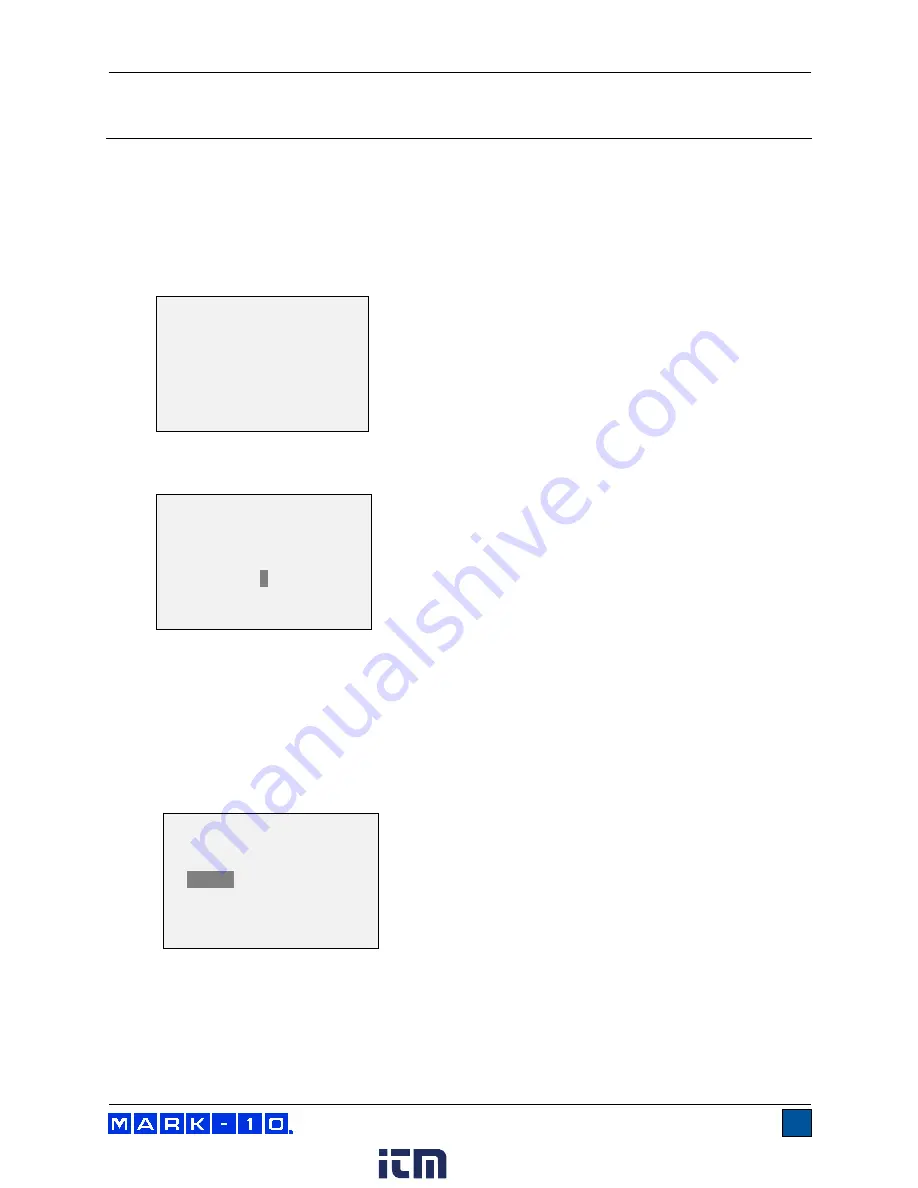
Series 4 Digital Force Gauges
User’s Guide
19
10 CALIBRATION
10.1 Initial Physical Setup
The gauge should be mounted vertically to a test stand or fixture rugged enough to withstand a load
equal to the full capacity of the instrument. Certified deadweights or master load cells should be used,
along with appropriate mounting brackets and fixtures. Caution should be taken while handling such
equipment.
10.2 Calibration Procedure
1.
Select
Calibration
from the menu. The display appears as follows:
2.
Press
DIRECTION
to invert the display, if desired.
ENTER
to continue. The display
appears as follows:
The gauge can be calibrated at up to 10 points in each direction. Enter the number of calibration
points for each direction (compression and tension). At least one point must be selected for each
direction.
Note:
To achieve the accuracy specification of ±0.2%, it is recommended to calibrate the gauge at
5 or more even increments in both tension and compression directions. For example, a gauge with
capacity of 10 lbF should be calibrated at 2, 4, 6, 8, and 10 lb loads in each direction.
3.
To escape the
Calibration
menu at any time, press
ESCAPE
. The display appears as
follows:
Selecting “Cancel” will revert back to the Calibration setup. Selecting “Exit without saving” will
return to the menu without saving changes.
CALIBRATION
NOT COMPLETE
Cancel
Exit without saving
CALIBRATION
Enter # cal points
(1 to 10)
Compression:
5
Tension:
5
CALIBRATION
To invert the
display, press the
DIRECTION button,
then press ENTER
www.
.com
information@itm.com
1.800.561.8187

